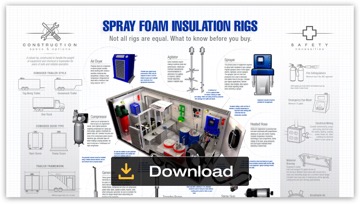Spray Foam Rigs - What You Need to Know
What to consider before you buy or build a spray foam rig
After you've decided to buy or build out a spray foam insulation rig, you need to determine how to properly equip your trailer to maximise your investment.
The first things to consider are how you'll use your rig and what you'll be spraying. Are you a commercial/industrial contractor who works on large projects spraying air barrier systems and roofs? Or a contractor focusing on wall insulation and perhaps some roofs?
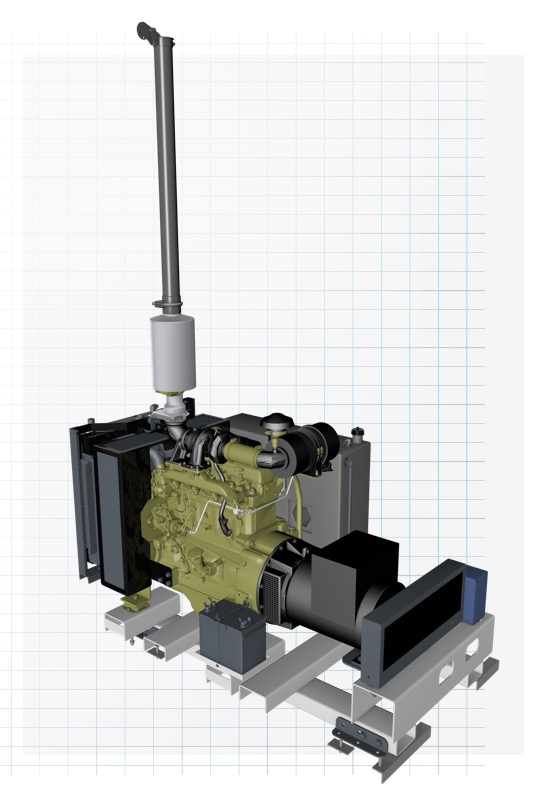
Powering Your Spray Foam Rig: Is Bigger Better?
Determining your need for adequate, reliable electrical power to operate your compressor and proportioner, plus work lights and other equipment, will help you determine the optimal size of your compressor and generator. Options range from smaller, electric units, to petrol compressors and generators, up to diesel generators coupled with an electric compressor for large scale industrial projects.
"Although it’s generally good advice to not buy more than you need, when it comes to electrical power it’s important to think big and make sure you have all the power you’ll need," says Graco Product Manager Nick Pagano. "Otherwise, you might be frustrated and need to upgrade sooner rather than later."
Generator Size
Four-steps to determine the right size generator:
- Make a list of system components and their peak load requirements in watts
- Total up the wattage requirements of these system components
- Multiply the total wattage by 1.25 to determine kVA (kilovolt amperes)
- Choose a generator size that is equal to or greater than the determined kVA.
Note: Always use proportioner power cords that meet or exceed the kVA requirement. Failure to do so will cause voltage fluctuations that can damage electrical equipment.

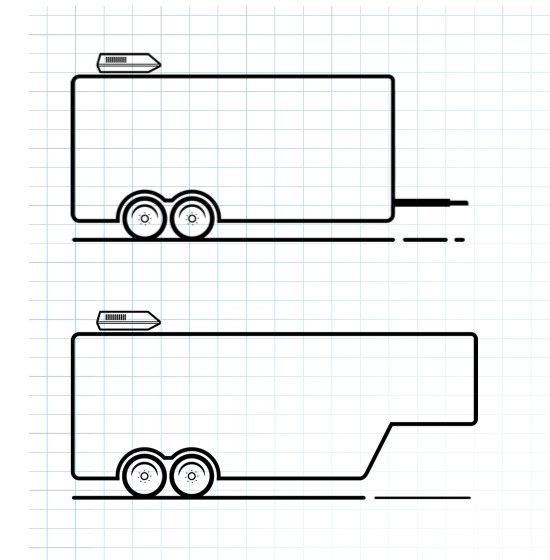
Trailer Configurations
Standard vs. Goose-neck
Next, consider what type of rig will best meet your needs. A trailer can be pulled by virtually any truck, whereas a goose neck-style trailer requires a truck equipped to handle a fifth wheel. Goose-neck trailers are able to handle larger loads, but are also more difficult to manoeuvre, particularly in tight spaces.
"It's important to make sure your rig has an adequate frame and axles strong enough to safely handle the loads you'll be carrying when it's fully loaded – particularly when travelling on rough roads or terrain often found on job sites," adds Pagano. "It should also be designed to safely operate at less than maximum load levels, for example, when returning from a job without full drums of material."
In addition, consider the gross vehicle weight rating of the truck(s) you'll use to pull your trailer. When the weight of the truck is added into the gross weight rating, you might discover the truck can't safely or legally carry as much weight as you had planned.
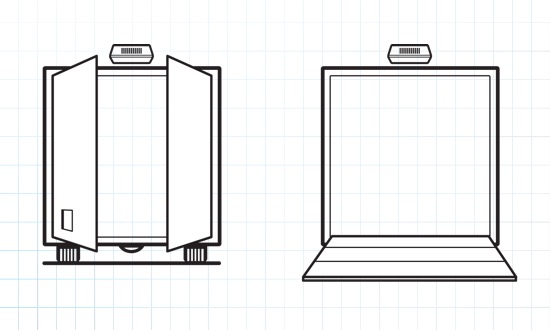
Trailer Doors
Barn-style vs. Ramp-style
Door configuration is also important to consider. Barn-style doors enable easy material drum loading with a forklift, they work well in tight spaces and allow the doors to stay cleaner and out of the mud compared to a ramp-style door.
Ramp-style doors enable easy material drum handling for those who lack a forklift and allow easy entry by eliminating the step up. If you don't plan on using a forklift any time soon, then ramp-style doors might be just what you need for easy access.
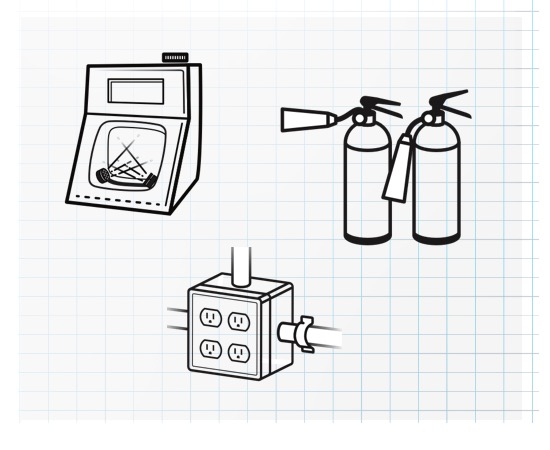
Safety Considerations
"When thinking about equipping your rig, be sure to include safety features to protect yourself, your employees and your rig," adds Pagano. "Fire extinguishers, an emergency eye wash station and a comprehensive, well-stocked first aid kit are all necessary items." In addition, well-constructed material bracing will ensure drums of material are safe and secure while your trailer is in motion. Electrical codes should always be followed, and wires should be run inside conduit to prevent damage and minimise fire risk.
Buying or building out a spray foam rig is a big investment. Careful planning and thinking about how you work will help you optimise your investment by ensuring your trailer is tailored to meet your needs now and in the future as your business grows.
